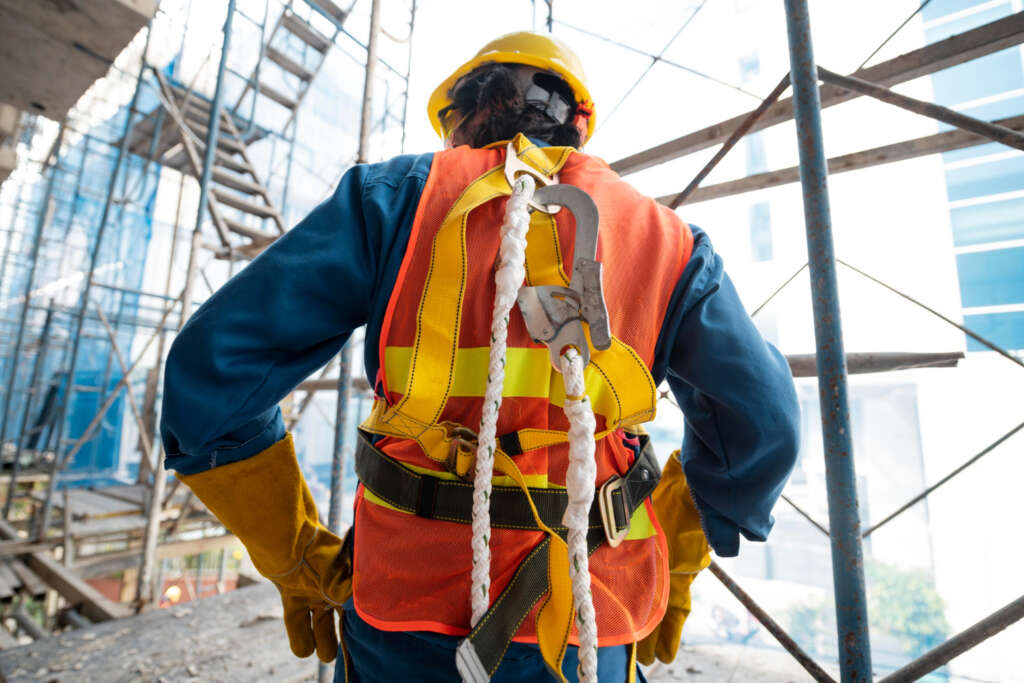
Construction sites can be dangerous places even for non-employees. Although companies set up systems for employees to receive workers’ compensation, bystanders who suffer injuries may still have legal options. Whether it’s falling objects or toxic materials, accidents can injure bystanders on construction sites. A skilled attorney can use these cases as leverage in settlement negotiations.
Falling Objects
Although workers’ compensation usually covers construction workers, the hazards present on a construction site can still lead to injury to members of the public. For example, falling objects, such as materials and equipment from scaffoldings, may cause bystanders serious harm. This includes broken bones and traumatic brain injuries. Additionally, bystanders may become injured by tripping or walking into objects carelessly left on the ground. This includes tools and other equipment left out or improperly stored at the site.
Furthermore, chemical exposure on a construction site can result in harmful symptoms. This article explains what to do. Fortunately, contractors and construction companies have the responsibility to take measures that protect both employees and members of the public. When they fail to do so, they may be held liable for any injuries caused by their negligence. This includes economic and non-economic damages, such as medical expenses, lost wages, and pain and suffering. These claims can be filed against construction site owners, general contractors, subcontractors, and construction equipment manufacturers.
Pedestrian Accidents
The significant dangers for bystanders at construction sites involve falling objects, tripping over tools or debris, and inhaling toxic chemicals. They also may get hit by large vehicles like dump trucks, backhoes, or cranes carrying materials around the worksite. Contractors and property owners must clean up their work areas so bystanders can move safely in or out of the way of construction activities. When these duties are breached, pedestrians can suffer severe injuries, including broken bones, traumatic brain injury (TBI), or death. Pedestrian accidents occur when drivers fail to notice pedestrians or follow road rules. Sometimes, the driver may be distracted, intoxicated, or using a phone while operating their vehicle. They could also be speeding, turning left without checking to see if pedestrians are in the crosswalk, or failing to obey traffic signals. These behaviors can all lead to a collision that causes severe pedestrian injuries and significant financial losses.
Crane Accidents
Cranes are commonly used in construction projects. They are powerful tools that can be dangerous for workers who are not adequately trained and who misuse them. These accidents can result in catastrophic injuries, including loss of life. In the case of fatal crane accidents, investigators analyze the immediate circumstances leading up to the event to find the upstream causes that contribute to its occurrence. Some of the immediate circumstances in these cases may include poor site layout and space, local hazards, weather conditions, and equipment failures. However, in many cases, it is difficult to untangle the percentage of responsibility for a crane accident between multiple entities or individuals. This is particularly true when a crane accident involves a worker who does not have workers’ compensation coverage and, therefore, cannot file an injury claim for financial reimbursement.
Electrical Accidents
When electrical wires are cut or exposed, bystanders can suffer severe injuries. In addition to causing pain and suffering, these injuries can cause financial loss. You may be entitled to compensatory damages if you or a loved one suffered an injury at a construction site because of unsafe electrical conditions. These damages can cover financial and non-financial losses, such as emotional distress. When these accidents occur, they often result in injuries involving 31 or more days away from work. Many of these injuries could have been prevented by de-energizing equipment and wiring. Nevertheless, interview data revealed that the reasons for this failure to de-energize might include scheduling pressures from supervisors, the preference of building owners or managers to keep power on during working hours, or a “macho” attitude among electrical workers.


